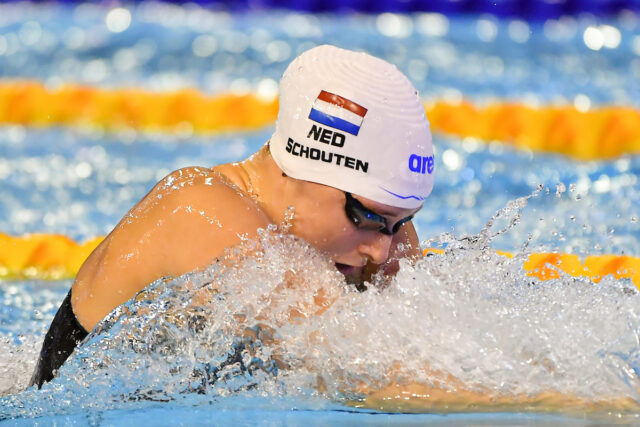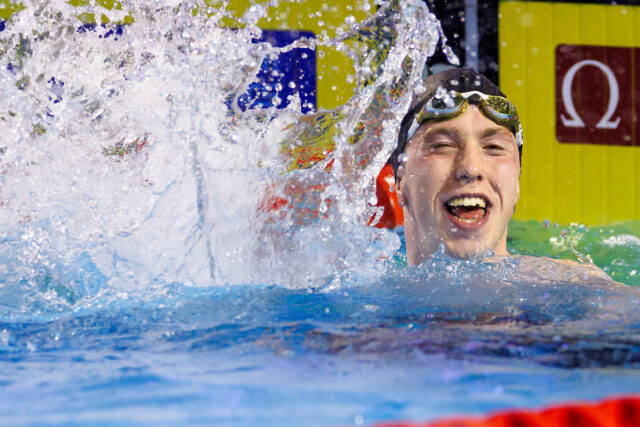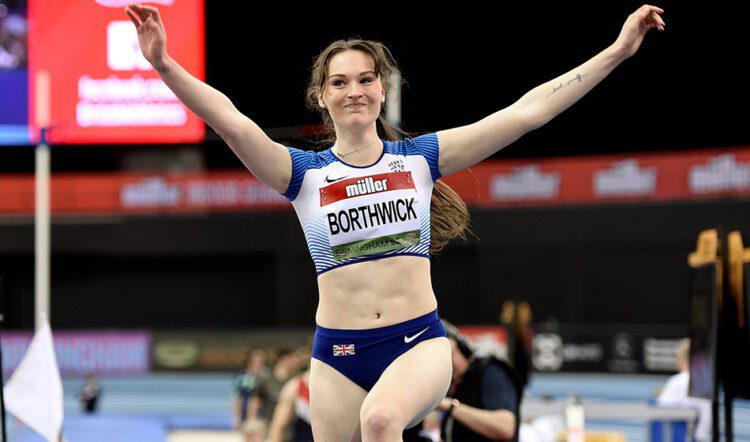
It’s 5 o’clock somewhere…
The 5 o’clock club is published from time to time during the season, and aims to provide a forum for reader-driven discussion at a time of day when there isn’t much NFL news being published. Feel free to introduce topics that interest you in the comments below.
CLICK HERE to see the full 5 o’clock club archive
I confess that I wasn’t quick to know about Jayden Daniels’ use of a virtual reality system to train at quarterback. It was something I heard about late, and when I did, I didn’t really attach a great deal of importance to it.
But there’s no doubt that Daniels’ improvement last season was unusual and significant. He went from being a hesitant downfield passer to winning the Heisman Trophy, in the process turning himself into one of the top prospects in this week’s NFL draft.
I’ve read a couple of articles about the partnership between LSU and the German company, Cognilize, that created the software within the VR headset, and those articles have given me increasing awareness of and appreciation for how significant the technology seems to have been in Daniels’ development.
Yesterday, I came across this 4-minute video interview that describes in some detail how the team and the quarterback made use of the system. If you don’t know much about it already, I think it’s worth watching.
On the latest @MoveTheSticks podcast, @LSUfootball‘s Jack Marucci joins DJ & @BuckyBrooks to discuss the technology he’s developed to help players like former QB Jayden Daniels from a preparation standpoint. More on this
Full episode: https://t.co/19jYRqXJLM pic.twitter.com/JwlHxjzhSo
— NFL Podcasts (@NFL_Podcasts) May 28, 2024
This is from an article published by Sports Illustrated:
After learning virtual reality played a big role in his improving to the heights of winning the Heisman Trophy last season it shouldn’t be a big surprise that managing partner Josh Harris decided to invest in a little of that technology as well.
Appearing on All Facts No Brakes with Keyshawn Johnson the new Commanders quarterback said the team has already purchased the equipment necessary for him to continue using the tool, and also took time to further explain how it helps him prepare for game day.
“It’s like real life. They load in the stadium that you’re playing in,” Daniels told Johnson. “I’ll get in there and they’ll probably give me seven seconds to know the play, presnap I got to basically see the coverage and know where I’m going with the football all before the play clock runs out.”
Thanks to programmable – and reprogrammable – technology being as accessible today as its every been the team will be able to input specific looks in situations they anticipate Daniels may face in a given week.
The advantage being that he’ll get to face a full-speed opponent who will hit him – albeit virtually – and do it with even less risk of injury than on an NFL practice field.
“It’s the actual scheme,” Daniels continued. “Say we are playing a big Cover 3 team, they have different versions of Cover 3 we might see. So it is just like another way to prepare mentally before the game.”
Like any other piece of technology it’s only as good as the user. If this tool really did help Daniels put together a Heisman-worthy campaign at LSU in 2023, then there’s no doubt this user is putting the technology to good use.
And if that continues, then Washington may have just unlocked the next great advancement in player preparation. All thanks to its newest rookie quarterback.
Washington is not the first to use VR in training its players, but I think that Jayden Daniels’ experience with this highly advanced and customized system will mean that if the technology becomes more widely used in the league, Daniels will continue to have an edge for a while due to his familiarity with a system that he credits with being a huge factor in his rapid development as a college quarterback in 2023.
My favorite quote from the video in the tweet above is: “Basically, he [Jayden Daniels] was playing the game before the game. That’s where he was picking up an extra 250 reps per week…without getting hurt.”
In the video above, Marucci adds, “We kept bumping up the speed, so he was seeing it at a faster speed. By the end of the season, we’d bumped this thing up [to be] 70% faster. He became so fast — we had an eye scanner and we could see where he was looking — his progressions were…improving every week [and] his stare-down time wasn’t nearly as long.”
Marucci reveals that, at the end of the season, Daniels said that the VR system was 75-80% responsible for the improvement in his ability to see the field.
Another article (which I highly recommend if you find this topic interesting) details a lot of the background of LSU’s adoption of the technology. Here’s a sliver of that article:
Krakau and Hartmann added more as LSU shared weekly game plans, and because every coverage has multiple variations, they programmed around 1,000 potential plays by the end of the season.
As they learned more about football, Krakau and Hartmann installed unpredictable but realistic quirks. One day, a tight end slipped on one of the routes, making Daniels adjust. He also noticed [that] the first time the cornerbacks played press man coverage, [t]he defensive player beat what would have normally been his first read, so Daniels followed his progression and threw somewhere else. [Then} he started laughing.
“He has to have some sort of improv,” Macaluso said. “He has to have some sort of randomness to it. It can’t just be the same thing all the time because he will then just become a robot. You don’t wanna teach or train any athlete ever to be like that, which is another part of the tool that is so great.”
Working from LSU’s call sheet, Macaluso would choose a play on the iPad and read it to Daniels. He had about eight seconds to identify the defense Macaluso had picked before he received the virtual snap.
The screen showed Macaluso everything Daniels saw within the headset and let him control the speed of the play. He steadily made them faster until the simulated action moved at a pace 1.7 seconds faster than real games, similar to how one can adjust the speed of audiobooks. Daniels told them [that the] games themselves slowed down.
Near the end of the season, after Daniels had gotten to where he would rep the play at 1.6 seconds, Macaluso once accidentally turned down the speed to normal. “‘That was slow,” Macaluso recalled Daniels saying. “I don’t like that. Put that back up.’”
Before LSU played at Missouri in early October, coach Brian Kelly talked to Daniels on the field. He started telling Daniels about the stadium and the location of the play clocks.
“Coach, I know where they’re at,” Daniels said, pointing them out.



















You must be logged in to post a comment Login